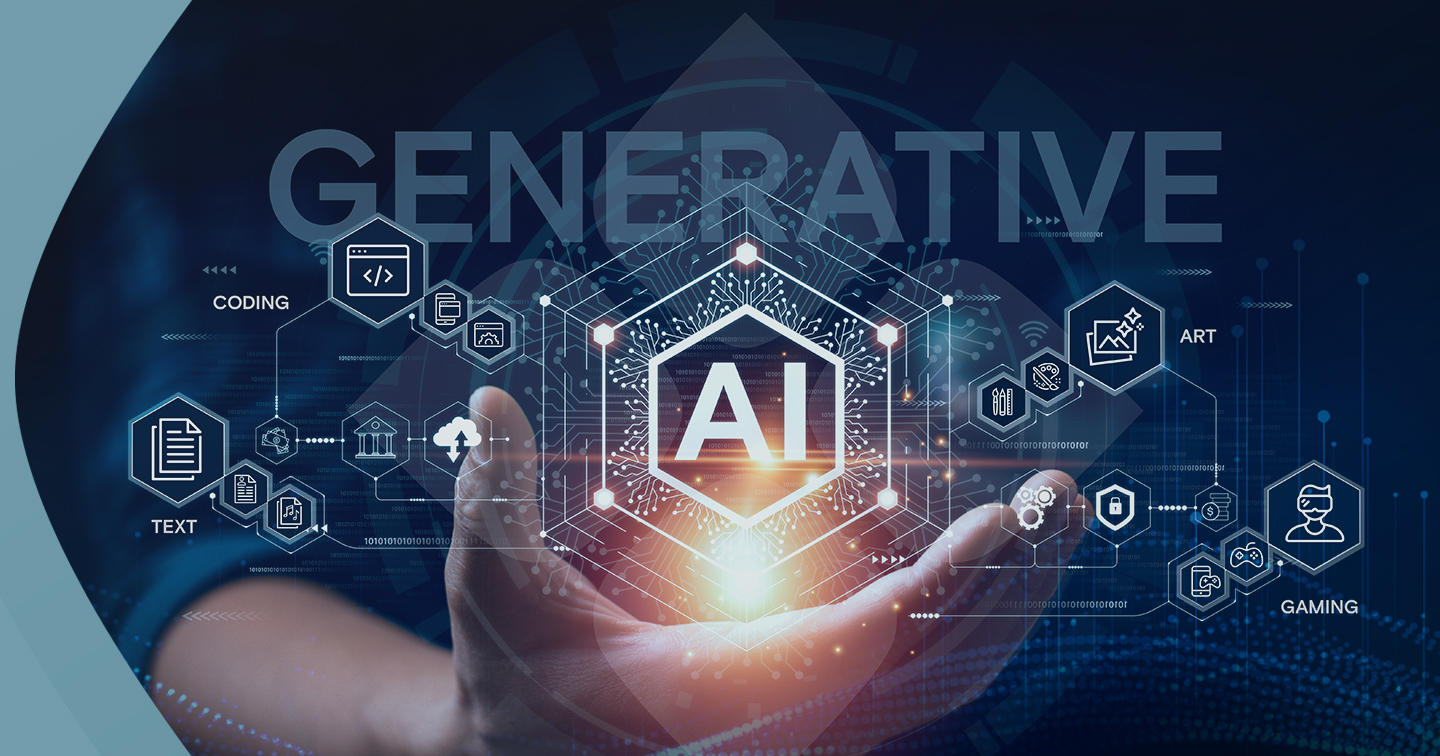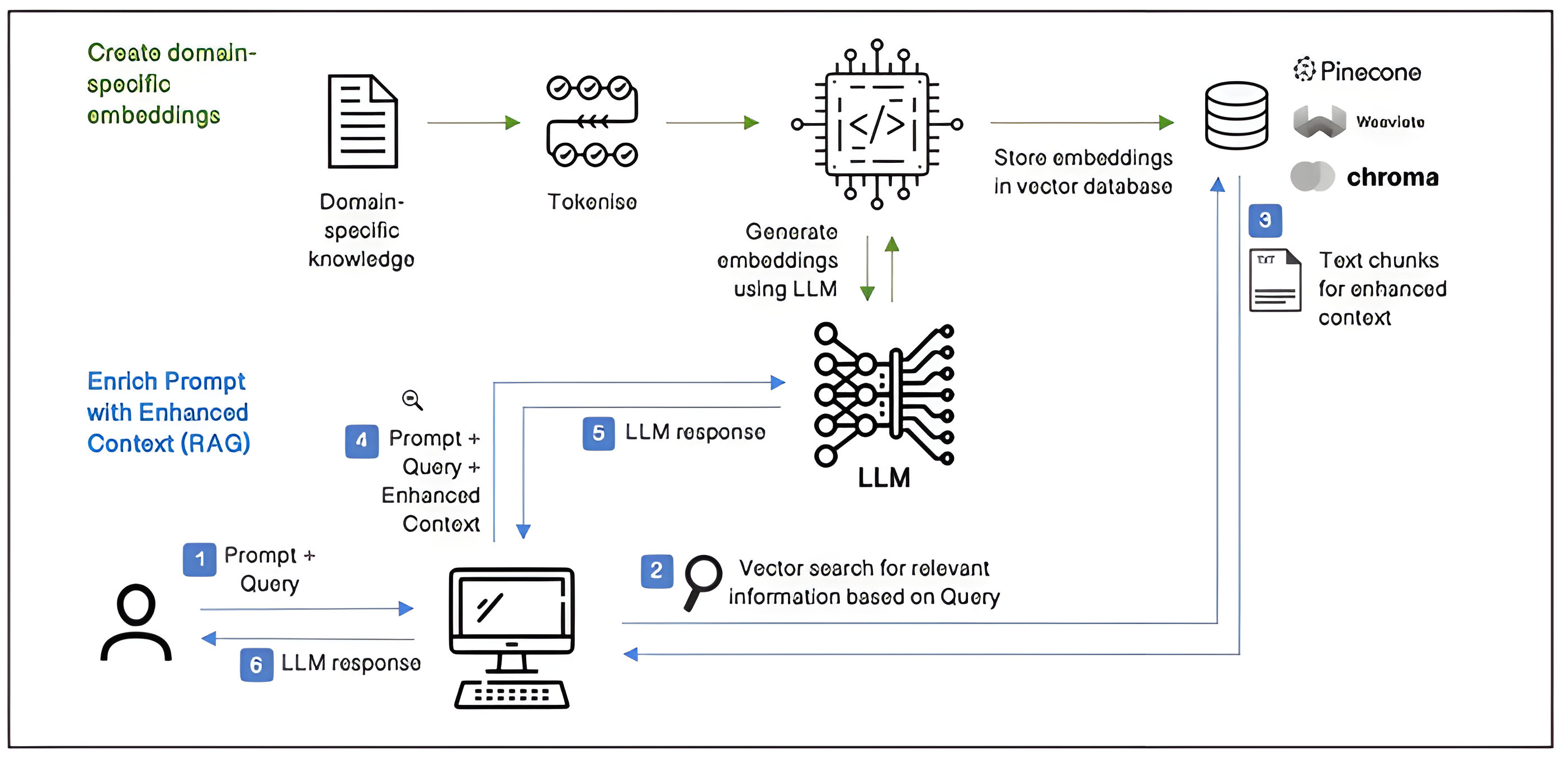Generative AI in Telecom
Leveraging Generative AI for Intent-Driven Autonomous Networks
Generative AI holds the potential to revolutionize telecom networks by enabling smarter, more autonomous networks.
By leveraging advanced algorithms and deep learning models, Generative AI can predict network traffic patterns,
optimize resource allocation, and detect anomalies in real time, significantly reducing human intervention.
Generative AI enables migration from reactive network operations to cognitive network operations. Ultimately, these
capabilities pave the way for fully autonomous, self-healing networks that enhance efficiency and user
experience.
Generative AI Background
Generative AI is a branch of deep learning that can generate various types of content including text,
images, video, audio, and code.
| Year |
Generative AI Evolution |
Summary |
| 2010 |
Near-Perfect Translation of Natural Language |
Around 2010, AI researchers working on natural language translation discovered that models
exposed to vast amounts of text produced much better results than models using top-down grammatical rules.
|
| 2014 |
Mastering the Meaning of Words |
In 2014, language models began to make sense of the meaning of words in a natural language
by analyzing the context in which the word appeared.
|
| 2017-2022 |
Large Language Foundation Models |
Advances made from 2017 to 2022 resulted in language models that can serve as a foundation for
customization. Creating foundation models is cost-prohibitive, but once created, they can be
customized using a small amount of additional data to achieve state-of-the-art performance on new
tasks without significant investment.
|
| 2022 |
Conversational Large Language Foundation Models |
2022 marked the arrival of ChatGPT, which gave users a simple way to access a large language
foundational model. The brilliance of ChatGPT is not just in the incredibly advanced model at its
core; equally, it is the ability to tap into this model by conversing with it in natural language.
|
Table 1 : Generative AI History
Core Components and Techniques in Generative AI
- Foundation Mode: Deep Learning model trained on a large data volume using either self / semi-supervised learning and supporting extension for a wide range of downstream tasks. Foundation models can be for text, vision, audio, or multimodal data.
- Large Language Models (LLM): Foundation models built for language data are called Large Language Models (LLM) and working on vision data are called Visual Foundation Models (VFM)
- Prompt Engineering: LLM are trained on generic data but have no information on domain/enterprise-specific data. Prompt engineering is the process of designing, refining, and optimizing input prompts to guide a generative AI model toward producing desired outputs
- Transfer Learning / Fine Tuning: Taking Foundation model and performing training based on enterprise data. It enables a foundation model with billions of learned parameters to tweak parameters to reflect specific enterprise knowledge while retaining the underlying general knowledge.
These components are used to create powerful Generative AI systems that can be adapted and fine-tuned for various tasks and industries.
Foundation Model in Enterprise
| Options |
Approach |
Usage |
Impact |
| 1 |
Use available Foundation Model |
Provide context using Prompt Engineering |
No Training and Development cost |
| 2 |
Select Foundation Model and perform Fine Tuning |
Model gets context info during fine-tuning process |
Moderate Training and Development cost |
| 3 |
Train new foundation Model |
Custom model using data selected by Enterprise |
Large Training and Development Cost |
| 4 |
Retrieval Augmented Generation (RAG) |
Provide update to date context to LLM model to provide domain-specific knowledge to model |
Vector embedding creation and retrieval result in lower cost solution |
Table 2: Approaches of using Foundation Model in Enterprise
Generative AI – Enterprise Architecture Considerations
| Options |
Consideration |
Pubic Models |
Enterprise Hosted Solution |
Recommendation |
| 1 |
Data Security/ Leakage |
Some foundation model providers have the right to use user inputs for future model training. This resulted in Enterprise data being leaked for public use. |
Data is contained within Enterprise |
Carefully check model license terms to avoid data leakage |
| 2 |
Model Training Cost |
Model Providers invest to get training done for base foundation model |
Model Training required very high cost in terms of resources required. Foundation Model training is mostly out of bounds from most enterprises |
Use Pre Trained Foundation model (with right license terms( as base for Enterprise Generative AI application |
| 3 |
Enterprise Data Knowhow |
Public Models have no information on Enterprise Data and can only use the same within the context of Prompting, |
Models can fine-tuned within the enterprise with enterprise datasets. |
Same as above |
| 4 |
Model Lock In |
High Risk of Lock in with one provider or one model. |
Enterprise has the flexibility to change model. |
Enterprise should have support to move to new models as technology evolves. |
| 5 |
Infrastructure Selection / Cost |
Infrastructure for both training and inference is provided by Model Provider |
Enterprise needs to invest to arrange for infrastructure ( CPU/GPU) needed for both fine-tuning/inference. |
Self-hosted solution better choice for Enterprise |
| 6 |
Usage Cost |
Model Provider costing per API usage, cost becomes higher as usage increases. |
No substantial cost increase with volume |
Same as above |
| 7 |
Model License |
Restrictive |
Open Source, some restrict commercial use |
Check license terms before deploying model for commercial use |
Table 3: Considerations for Public and Enterprise Models of Generative AI
Retrieval Augmented Generation (RAG) Approach
RAG is a generative AI approach that combines traditional retrieval techniques with generative AI models to produce more accurate and relevant responses. In RAG, the system retrieves information from an external knowledge base, database, or document store before generating a response. This approach ensures that the output is grounded in factual or domain-specific data rather than relying solely on the model's learned patterns, which may lack up-to-date or specific knowledge.
- Vector Embedding is numerical vector representations of data; that can be text, images, videos, and other types of data. They are usually created using an embedding model.
- Vector Database performs indexing and store vector embedding for fast retrieval and similarity search. Some widely used vector databases include Pinecone, Weaviate, Chroma, etc.
- RAG platform enables the building and deployment of RAG applications integrating vector databases, LLM models, and session-specific context information. Some of the leading examples include LlamaIndex and LangChain.
Figure 1 : RAG(Retrieval Augmented Generation)
Evolution Path for Autonomous Networks
| Level / Capability |
L0: Manual O&M |
L1: Assisted O&M |
L2: Partial Autonomous O&M |
L3: Conditional Autonomous O&M |
L3: High Autonomous O&M |
L3: Full Autonomous O&M |
| Execution |
P |
P/S |
S |
S |
S |
S |
| Awareness |
P |
P |
P/S |
S |
S |
S |
| Analysis |
P |
P |
P |
P/S |
S |
S |
| Decision |
P |
P |
P |
P/S |
S |
S |
| Experience |
P |
P |
P |
P |
P/S |
S |
Abbreviations used in the above Table: Source: TM Forum, P: Personnel, S: System
Table 4: Evolution Path for Autonomous Networks
Generative AI uses cases for Telecom
1. Intent Management
Generative AI enables building Intent-based autonomous networks. Generative AI models understand human or business intents and can be autonomously translated into policy and rules for managing the telecom network elements.
- Intent Understanding - Generative AI can analyze natural language inputs from network operators, business stakeholders, or even customers to understand their intent (e.g., “optimize for latency” or “expand capacity”). Interpret human input and map it to network tasks.
- Intent Translation - Once the intent is interpreted, generative models help autonomously to translate these intents into network actions. This step involves generating policies and rules that result in actions/commands for specific network elements.
2. Intelligent Technical Support
Currently, the Network Operations Centre operates in reactive mode.
- Where diagnostics and troubleshooting begin after a problem starts impacting service
- Technicians connect to multiple systems to retrieve alarms, performance counters, configuration data, network topology, and operational manuals for resolving issues but lack tools that can help them diagnose and resolve issues quickly
Autonomous networks strive to create Dark NOC in the long run by completely automating network operations. With intelligent technical support, technicians would be assisted by an AI advisor that would:
- Interact in natural language
- Notify them of problems that are going to occur and impact service
- Provide an integrated 360-degree view of components with details like alarms, performance counters, configuration changes, and related historical trouble tickets
- Provide the number of recommended resolutions including operating procedures and even automate many resolutions
3. Autonomous Customer Support
Generative AI enhances customer support through context-aware responses to customer queries.
- Text interaction: AI-driven chatbots that use natural language generation (NLG) can provide real-time and context-aware responses to customer queries offering a human-like interaction to customers.
- Voice interaction: Generative AI can create conversational agents that handle complex customer inquiries via voice, improving accessibility and reducing the need for human agents.
4. Digital Twins assisted Network Planning
Designing new network infrastructure is both complex and costly. Digital twins are virtual replicas of physical network assets created using generative AI. Digital twin-assisted network planning can help in
- Generative models can create accurate digital twins by learning from real network data.
- Simulating multiple network design options and predicting their performance before physical deployment enabling faster and more efficient network planning.
- Offering cost-effective solutions by optimizing the placement of network towers, antennas, and other equipment based on performance predictions.
Telecom companies can use AI-powered digital twins to simulate the impact of future traffic patterns, network upgrades, and expansions, hardware changes, or even government policies.
5. Business Operations Automation
Generative AI can help telecom companies improve automation in their business operations including billing and revenue assurance processes:
- Generating synthetic datasets to test billing systems for accuracy, identifying discrepancies before they affect customers.
- Predicting billing errors by simulating various complex billing scenarios.
- Automating the generation of bills and invoices, reducing human errors and ensuring transparency.
Conclusion
Generative AI offers transformative potential for the telecom industry, from planning, operating, and optimizing networks to automating customer service and engagement. As the industry continues to evolve with the advent of 5G and beyond, embracing generative AI will be crucial for telecom operators looking to stay competitive, drive innovation, and deliver superior services.
By leveraging these innovative AI solutions, telecom companies can significantly improve their operational efficiency, customer satisfaction, and profitability. The future of telecom is generative, and the possibilities are endless.

